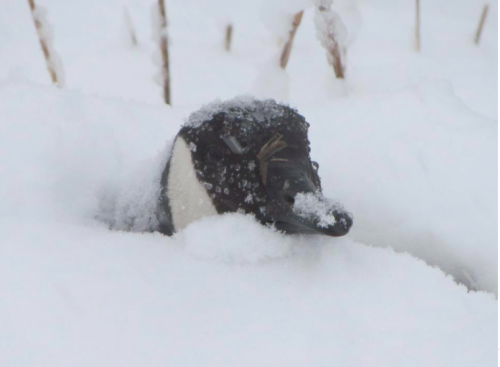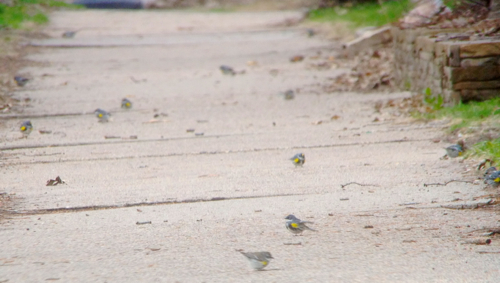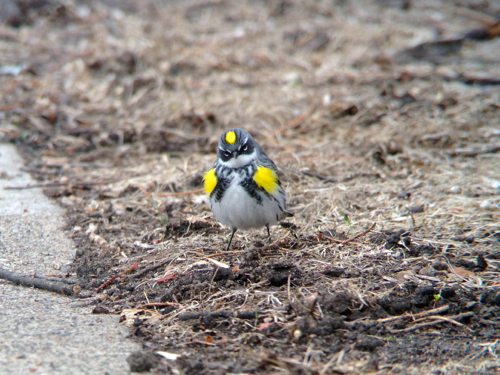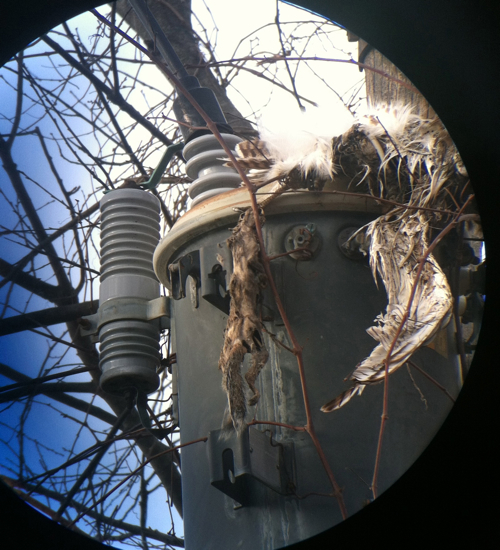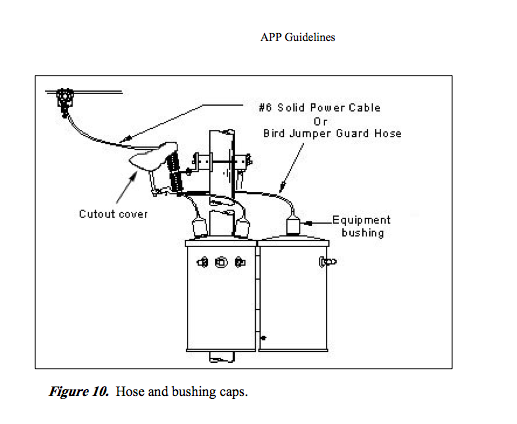Non Birding Bill and I were over at Mr. Neil's to do some fall beehive prep (for those who follow, the bees seemed to take my Ned Stark speech well and all but one of the hives actually bumped up production). After we finished checking the hives we were back in the house surfing the net, dealing with emails when I heard a heard a sound. "Distressed woodpecker sound," my brain noted as I read an email.
Then my brain kicked me, "DISTRESSED WOODPECKER SOUND! RAPTOR! ALL HANDS ON DECK!"
Then it sunk in--"Holy cow, look out the window, stupid!" I turned to look out the window and saw a small raptor gliding away with a red-bellied woodpecker. I figured the raptor was most likely a male Cooper's hawk or a female sharp-shinned hawk--both a fairly regular bird in Mr. Neil's yard, especially during migration. I dashed to the front room and was shocked to see...

...a small dark falcon killing a large woodpecker. "Holy crap! It's a merlin," I shouted...well, I'm sure there was more profanity than that but you get the idea. Falcons have a notch in their bill that they use to sever the spine from the head and kill prey fairly quickly. The merlin went in for a bite, but she had to go in for a second to really put the woodpecker out. While she did that, I scrambled off for my digiscoping equipment.

Look at that face! She's so adorable--Nature's Perfect Killing Machine! You can even make out those little malar stripes under each eye that all falcons have! I digiscoped this photo of her after she killed the woodpecker. It's not as in focus as I would like, but I was shooting through an old farmhouse window and my scope picks up imperfections in window glass. I didn't want to open the window because this small falcon had worked hard for her kill and I didn't want to risk flushing her off her food. This is the first time I've seen a merlin in Mr. Neil's yard. This bird is possible for the area, but mostly as a migrant. If she was on a long journey to migrate south, she needed a good hearty meal and my need to get a perfectly in focus shot was not as important as her need to get nourishment.
She was fairly close to the driveway with her kill and I noticed a car coming down. She mantled a bit over her kill but didn't fly away from it. I heard voices and noted that Non Birding Bill, Mr. Neil and the newly arrived Steve Manfred hadn't followed me into the front room to watch the merlin. I shouted, "Hey, you guys really need to come see this, this is a really cool bird!" Again, the "really" in the previous sentence was most likely profanity. They soon followed and had to concede a merlin with a red-belly was pretty badass. Cameras started clicking and both Neil and I got photos. I immediately called this bird a "she" and Neil asked why. First, in raptors females are larger than males. Based on this bird taking out a red-bellied woodpecker I knew she was female. Now, merlins are one of the few raptor species where you can tell male from female apart based on plumage. Females are brown on back and males are blue:

These are a couple of males that we trapped up at Frank Taylor's banding station in Duluth. See the blue on the wing feathers? That's male. This gets tricky in young birds. Merlins hatched this year will be brown on back--both male and female. That's where size comes in handy.

Here's a shot that Mr. Neil took of the merlin. Note how all the feathers on the back are uniform? They all look like they grew in at the same time--that's something you would only see in a bird hatched this year. Adults would still have some molting going on and you'd see worn, older feathers mixed in that would be a slightly different color. The tail has some light colored bands through it. The look tawny or buff. If this were a male, those bands would look gray. Again, females are larger than males and this small falcon took out a red-bellied woodpecker--it's large, she's female.

This is another shot Mr. Neil got with his camera. I had to chuckle because the woodpecker looks almost "cartoon dead." See the tongue hanging out of the beak? The only thing missing is the little "X" over the eye. Note the size of the red-bellied woodpecker next to the merlin--I've had both in hand and always thought of them to be similar in size. I decided to do a little digging on the Internet on merlin size vs red-bellied woodpecker size.
According to Cornell Lab of Ornithology's All About Birds red-bellied woodpeckers are about 9.4 inches long, have a wingspan of 13 - 16.5 inches and weigh about 3 oz.
- Merlins are 9.4 - 11.8 inches in length, have a wingspan of 20.9–26.8 inches and weigh 5.6 - 8.5 oz. Figure that the smaller numbers are males and the larger numbers are females.

- So according to Cornell, a male merlin could be about as long as a red-bellied woodpecker. This is another photo taken by Mr. Neil from the second level of his house. Here you can see that the merlin is larger than the woodpecker, again identifying her as female. What was interesting was that most of the birds left her alone. There was some mobbing noise from a hairy woodpecker and goldfinches, but no blue jays came in to scold. A few crows did and the merlin did not like that at all.

- She stopped eating and watched them. The crows didn't caw like crazy at her like they would an owl or larger hawk. They cawed but not as frantic, as if not wanting to provoke her but let each other know, hey Nature's Perfect Killing Machine Down here. I've seen merlins chase the heck out crows and even heard of accounts of merlins killing crows to take over a nest site. They will go for something larger than they are and if any small raptor is capable of getting the job done, it's a merlin. She watched them for several minutes and then to my surprise, took off with the woodpecker in her talons and dove at the crows. I watched her bank to some trees and tried to go out to follow where she landed to eat but lost her completely.
- I had hoped if I found her that I could see the woodpecker carcass she finished eating to see if the woodpecker was banded. Sometimes friends of mine come out to band birds here and have ringed a few red-bellies. It would have been to fun to have that as a banding record. If the woodpecker was banded we would had an idea of her age and a notation of the really interesting way to die. I mean, getting killed by a merlin is one of the coolest ways to go. As I was editing photos for this blog entry, something caught my eye:

- In one very crappy photo that I took, I noticed that the merlin was banded. Noooooooooooo! Why didn't I get more photos of her foot to id the band number? BLARG! Based on where Mr. Neil lives this is most likely a bird banded at Hawk Ridge this fall. She was hatched this year so there are only so many raptor banding stations north of here. There is a chance that my buddy Frank Taylor banded her, but I'm not sure if he's had a merlin in the nets yet this year. Most likely a first year female banded on her migration south. Without the number we will never know for sure but I'm curious of my buddy Frank Taylor or Hawk Ridge has banded any hatch year merlins because chances are good, she is one of their birds.
- Man I love unexpected merlins but to have one make such an interesting kill and be banded just really made my Thursday.

